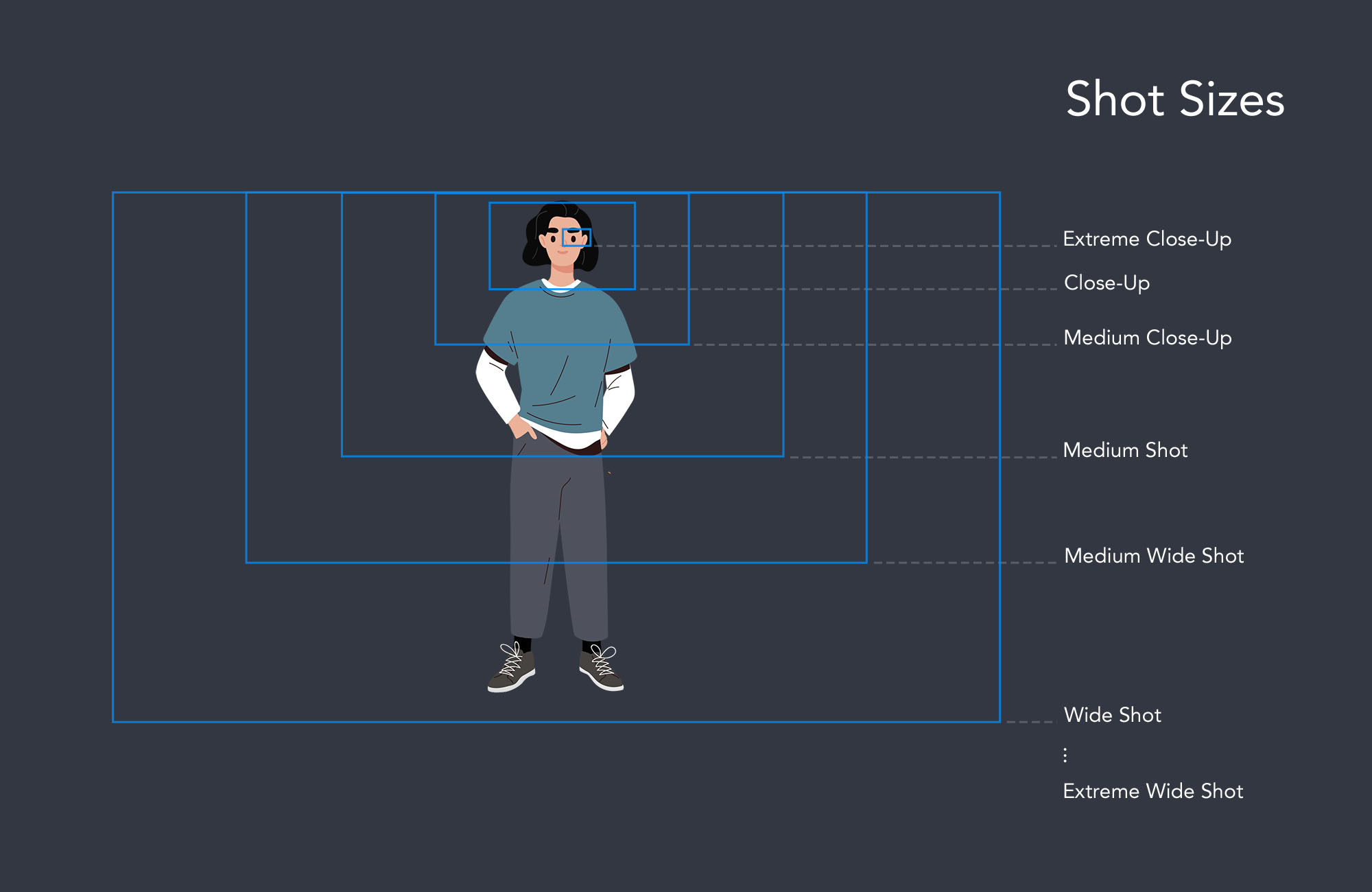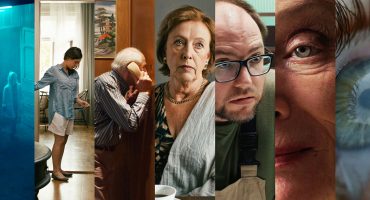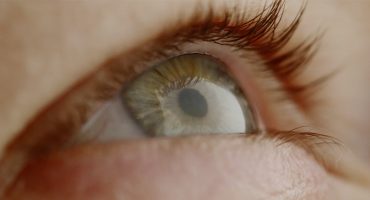A medium close-up of a character shows the person from approximately the chest or shoulders to the top of the head. Medium close-up shots are slightly wider than close-ups and closer than medium shots.
As with all shots referring to the human body, the separation points between these shot sizes are not exactly defined.
How medium close-ups can be used
Medium close-ups generally contain fewer visual elements than wider shots. Thus, you can put something clearly into the center of attention of the image, to visually increase its importance to the scene.
That may be a person’s face to emphasize their reaction or something they are saying. It may also be a certain prop.
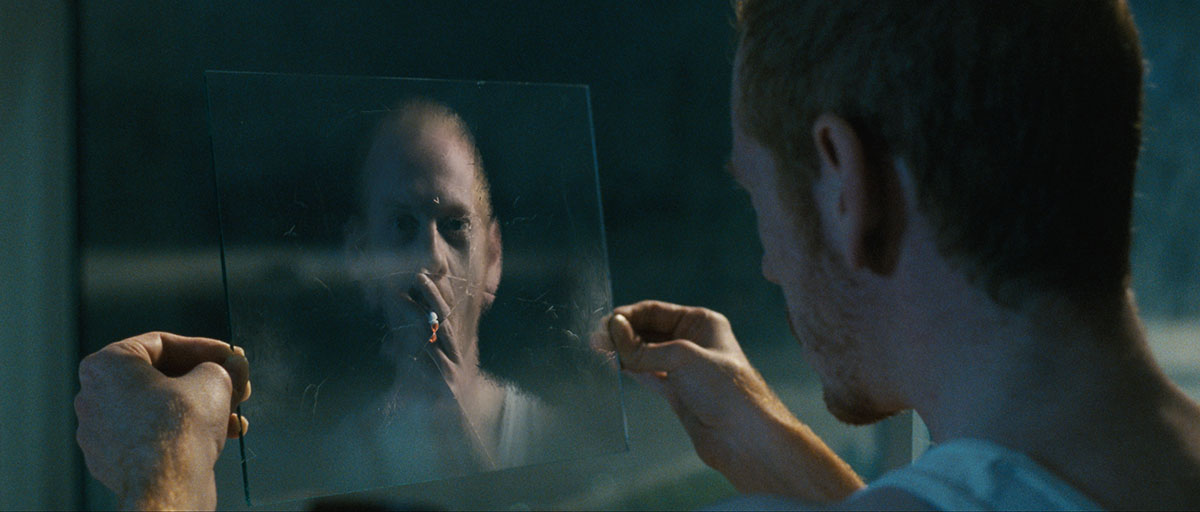
This medium close-up is taken from a science fiction film. In the glass plate, the character sees his reflection smoking a cigarette. The shot includes both his hands and his half profile and thereby clearly reveals that this glass plate has some special features.
Concentrating on a character’s face
While a wider shot size concentrates more on a character’s surroundings and body language, and less on the facial expressions, a medium close-up does the opposite: The body language is only implied by including the upper part of the body; the shot concentrates more on the character’s face.
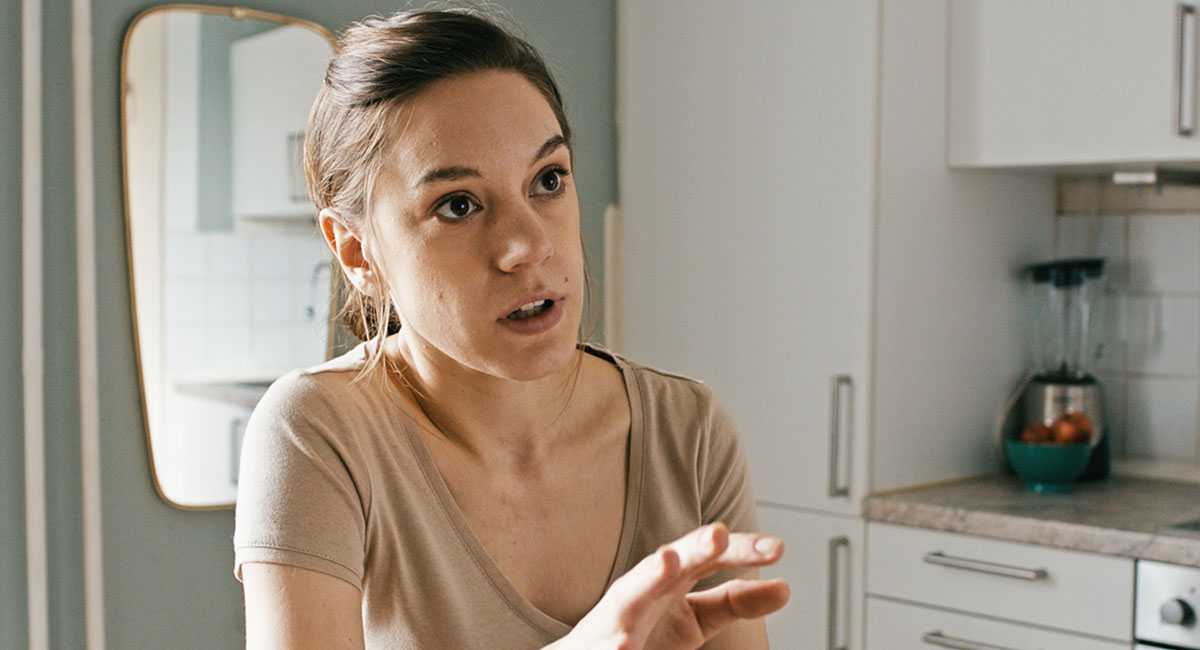
The shot focuses on her facial expression while still being wide enough to imply her appeasing hand gesture.
Context between character and background
Besides a person’s face, a medium close-up of a character shows what is directly around or behind that person. Thereby, a medium close-up allows you to add dramatic, symbolic, or expository statements to the image. Because the medium close-up generally contains fewer visual elements than a wider shot, the surroundings tend to connect more directly to the character.
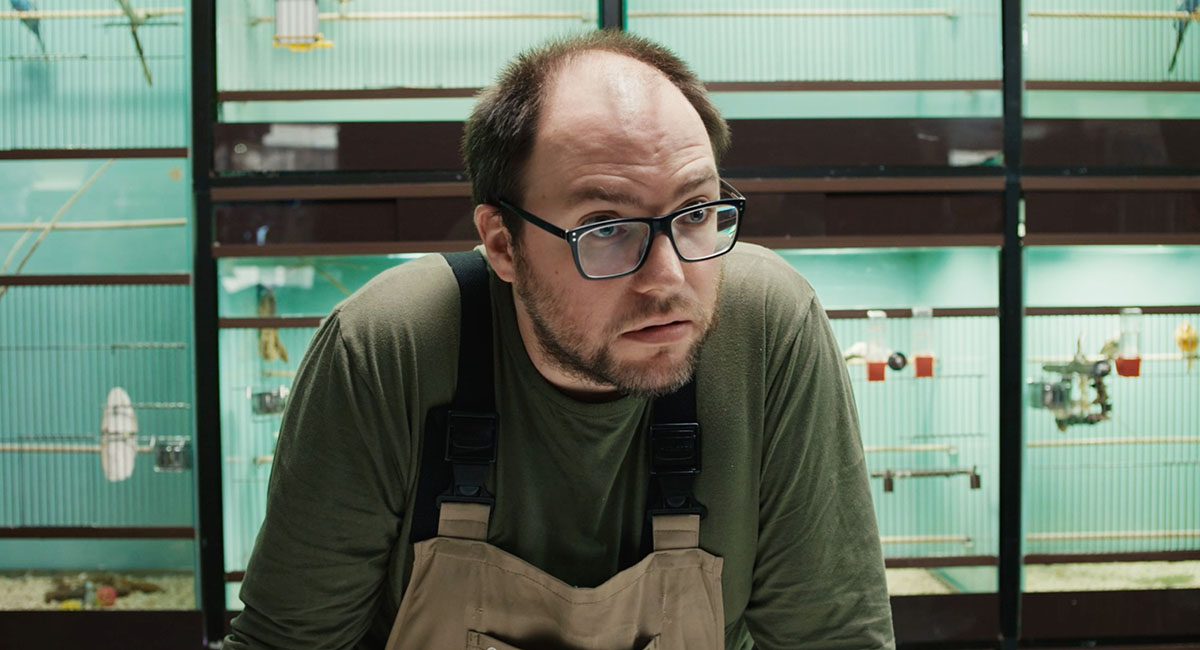
His clothes and particularly the bird cages behind him indicate this bird dealer’s profession.
Dramaturgical use
Depending on its combination with other shot sizes in the edited film, a medium close-up can emphasize the importance of a certain moment in the scene. For example, if a dialogue between two people is filmed in a wider shot (let’s say a medium long shot containing both people), cutting to an image of one character in a medium close-up visually highlights what the shown person is saying or how they are reacting to something the other person said.
Props
Showing a certain prop in a medium close-up (or closer) visually establishes its importance to the story or scene.
The medium close-up not only focuses on a particular prop itself but also sets it into a context with its immediate surroundings.
The following two images, both medium close-ups, are edited as shot / reverse shot and show the film’s protagonist, an unsuccessful but passionate photographer, on the morning after a party. He is returning to the location where he had a final and painful talk with his ex-girlfriend.
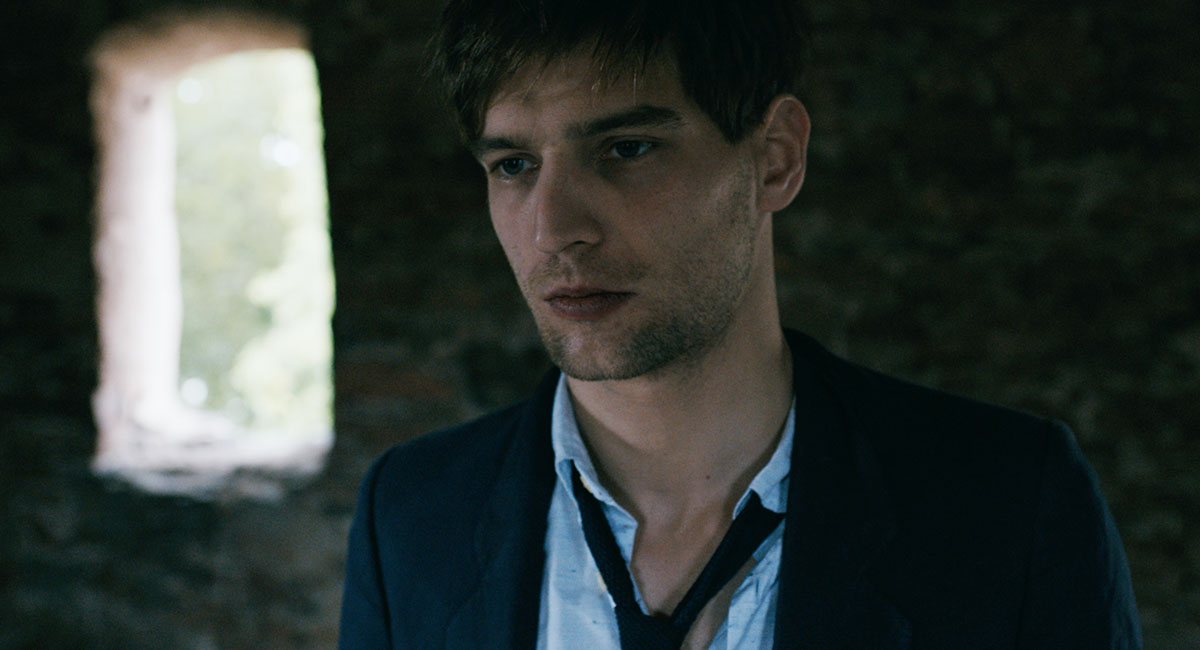
His resigned facial expression shows us how he feels. By including his open shirt and sloppy tie, the shot tells us that this is the aftermath of a rough night.
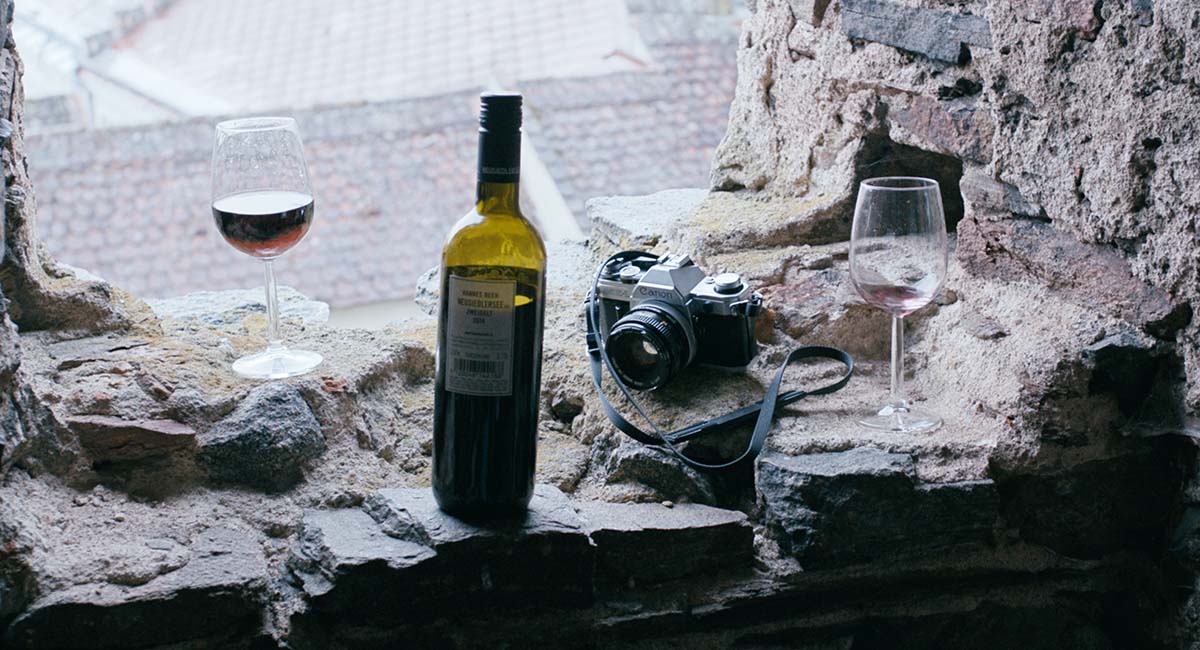
The elements of this image sum up last night’s situation: The two glasses represent him and his ex-girlfriend. His camera lies between them, reflecting his self-doubt about his work as a photographer, which radiated to their relationship and ultimately brought it to an end.
Learn about other shot sizes

